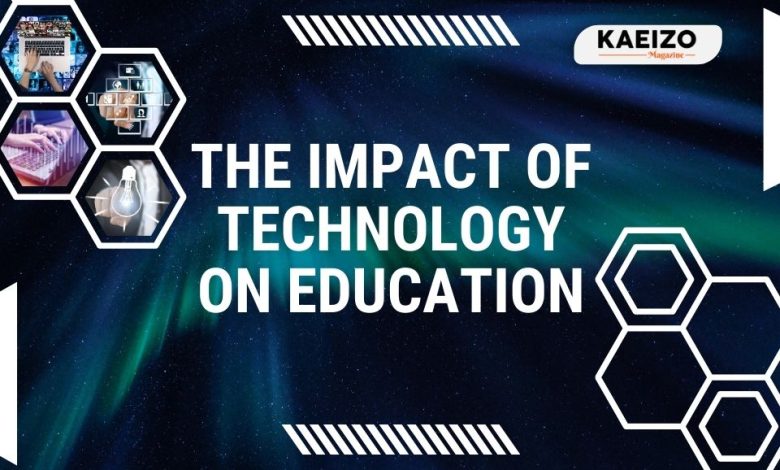Education
The Impact of Technology on Education

The integration of technology in education has revolutionized teaching and learning processes. From elementary schools to universities, technology is enhancing educational experiences and expanding access to knowledge in unprecedented ways. Here are some key impacts of technology on education:
- Enhanced Learning Experiences: Technology has introduced interactive and multimedia-rich content that can make learning more engaging and effective. Tools such as smartboards, educational apps, and virtual labs allow students to interact with material in dynamic ways, enhancing comprehension and retention.
- Personalized Learning: Adaptive learning technologies use data to tailor educational content to individual students’ needs. These tools can assess a student’s strengths and weaknesses, providing customized resources and activities to support their learning journey. This personalized approach helps students learn at their own pace and according to their unique learning styles.
- Accessibility and Inclusivity: Technology has made education more accessible to students with disabilities through assistive devices like screen readers, speech-to-text software, and interactive e-books. Online learning platforms also provide opportunities for students in remote or underserved areas to access high-quality education.
- Collaboration and Communication: Digital tools facilitate collaboration and communication among students and teachers. Platforms like Google Classroom, Microsoft Teams, and Zoom allow for real-time interaction, group projects, and instant feedback, regardless of physical location.
- Expanding Educational Resources: The internet provides vast amounts of information and resources that can supplement traditional textbooks. Educational websites, online courses (MOOCs), and digital libraries offer a wide range of materials that cater to different interests and academic levels.
- Efficient Administration and Management: Technology streamlines administrative tasks such as grading, attendance tracking, and communication with parents. Learning Management Systems (LMS) like Canvas and Blackboard help educators organize course materials, track student progress, and manage assignments efficiently.
- Preparation for the Future Workforce: Integrating technology in education prepares students for a technology-driven world. Skills such as coding, digital literacy, and online research are becoming essential in many career fields. Exposure to technology in the classroom helps students develop these competencies early on.
- Global Learning Opportunities: Technology facilitates global connections and cross-cultural exchanges. Students can participate in virtual exchange programs, connect with peers from different countries, and access global perspectives on various subjects.
- Innovative Teaching Methods: Technology encourages innovative teaching approaches, such as flipped classrooms, gamification, and blended learning. These methods combine traditional instruction with digital tools to create more dynamic and engaging learning environments.
- Data-Driven Insights: Educational technology provides valuable data on student performance and engagement. Educators can use this data to identify trends, address learning gaps, and improve instructional strategies. This data-driven approach enhances the overall effectiveness of teaching and learning.




